Squadron Scramble
“Squadron Scramble” card games for identifying military planes, Whitman Publishing Co., Racine, Wisconsin, 1942.
‘Squadron Scramble’ card game no.1 was designed for learning to identify American, British, German and Japanese WW2 military planes, manufactured by Whitman Publishing Co., Racine, Wisconsin, 1942. Each card has an authentic scale drawing of a military airplane plus recognition tips. The names of bomber aircraft are printed in red, fighters in blue. See the Instruction card►
Above: “Squadron Scramble” card game no.1 for identifying military planes, © copyright National Aeronautic Association of the USA, printed by Whitman Publishing Co., Racine, Wisconsin, 1942. 52 cards, including 3 “Keep ’em Flying” cards and one “Victory” card, plus instructions card in box. Images courtesy Rex Pitts.
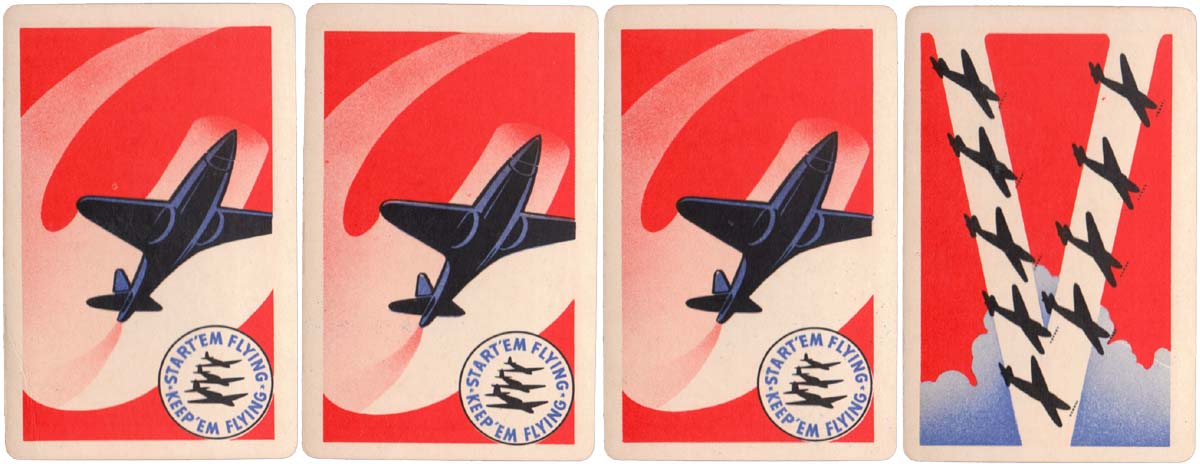
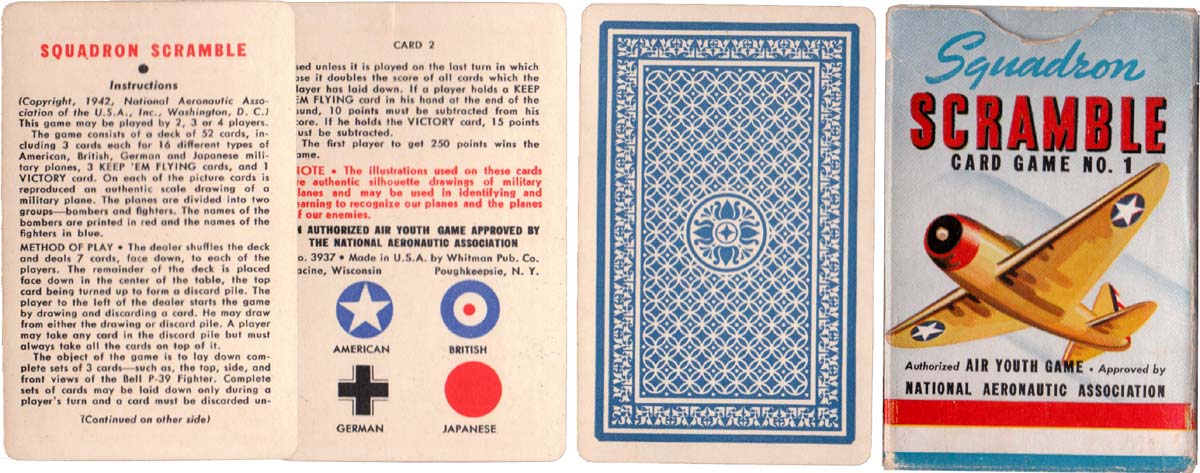
-
Squadron Scramble No.2
‘Squadron Scramble’ card game no.2 was of similar design for learning to identify American, British, German, Russian, Italian and Japanese WW2 military planes, manufactured by Whitman Publishing Co., Racine, Wisconsin, 1942. See the Instruction card►
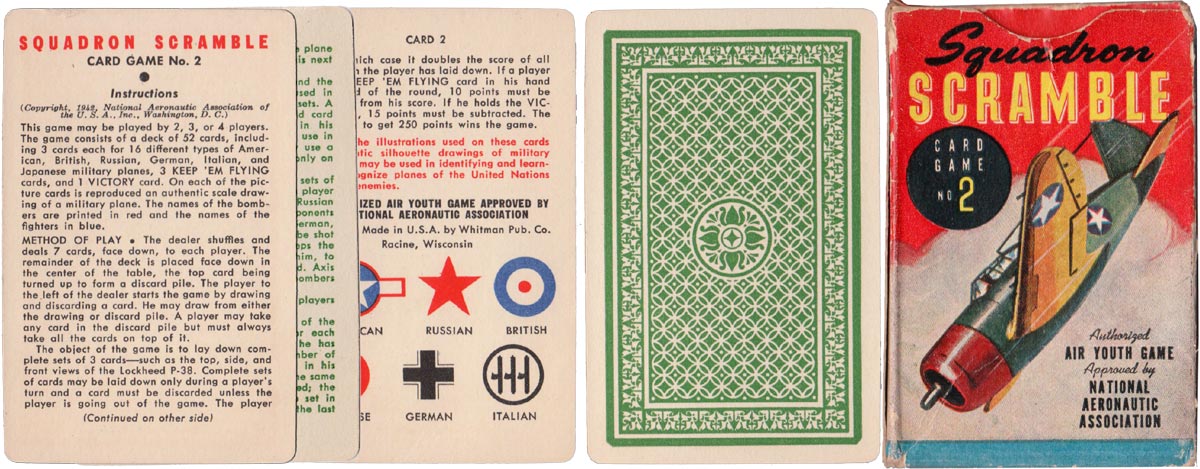
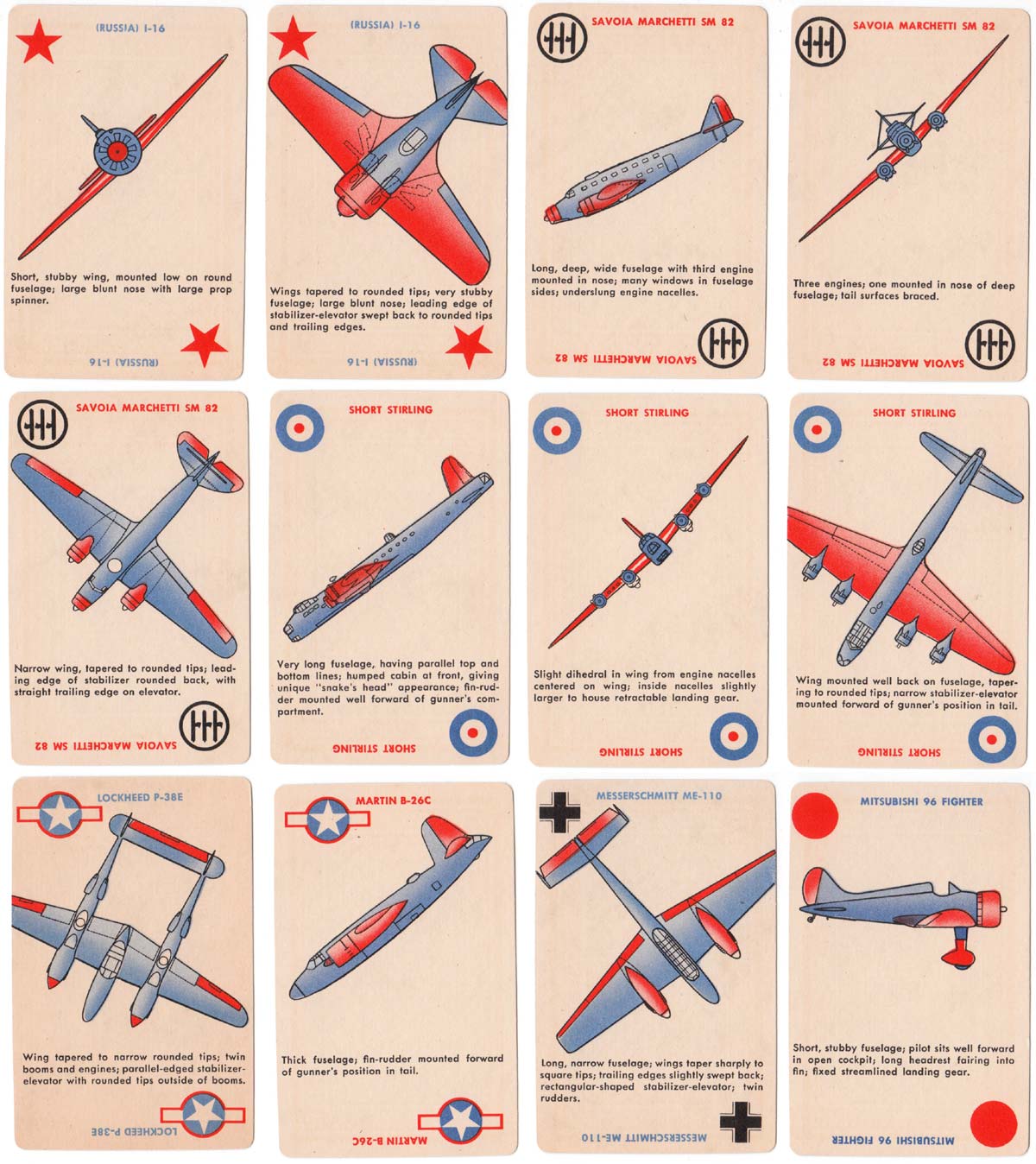
Above: ‘Squadron Scramble’ card game no.2, of similar design to game no.1, but with green backs.
FURTHER REFERENCE
By Rex Pitts (1940-2021)
United Kingdom • Member since January 30, 2009
Rex's main interest was in card games, because, he said, they were cheap and easy to get hold of in his early days of collecting. He is well known for his extensive knowledge of Pepys games and his book is on the bookshelves of many.
His other interest was non-standard playing cards. He also had collections of sheet music, music CDs, models of London buses, London Transport timetables and maps and other objects that intrigued him.
Rex had a chequered career at school. He was expelled twice, on one occasion for smoking! Despite this he trained as a radio engineer and worked for the BBC in the World Service.
Later he moved into sales and worked for a firm that made all kinds of packaging, a job he enjoyed until his retirement. He became an expert on boxes and would always investigate those that held his cards. He could always recognize a box made for Pepys, which were the same as those of Alf Cooke’s Universal Playing Card Company, who printed the card games. This interest changed into an ability to make and mend boxes, which he did with great dexterity. He loved this kind of handicraft work.
His dexterity of hand and eye soon led to his making card games of his own design. He spent hours and hours carefully cutting them out and colouring them by hand.

Leave a Reply
Your Name
Just nowRelated Articles
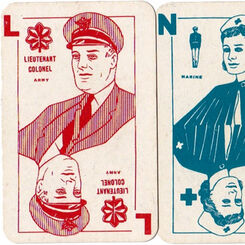
Anma US Armed Forces
Anma US Armed Forces, 1942.
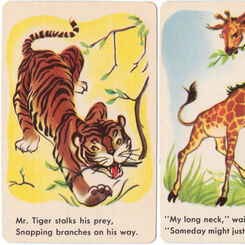
Snap
Snap card game illustrated with animals, by Whitman Publishing Co., 1951.
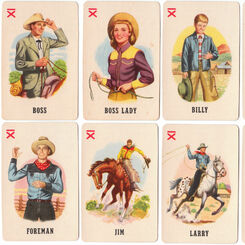
Roundup
Roundup card game by Whitman Publishing, 1951.
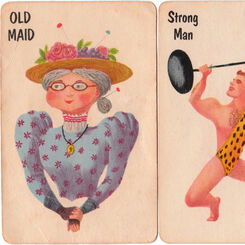
Old Maid
Old Maid card game by Whitman Publishing Co., 1951.
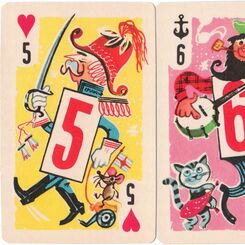
Crazy Eights
Crazy Eights by Whitman Publishing Co., 1951.

Animal Rummy
Animal Rummy by Whitman Publishing Co., 1951.
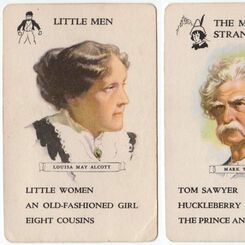
Authors
Authors quartet game published by Whitman Publishing Co., 1951.
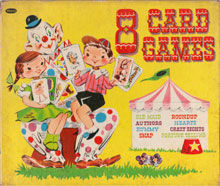
Whitman 8 Game Box
Whitman 8 Card Games boxed set, 1951.

Paddington
Paddington card game published in UK by Whitman.
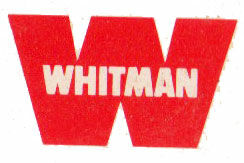
Whitman card games
In the 1970s Whitman Publishing Co. ordered a series of popular games from Hong Kong for the UK mark...
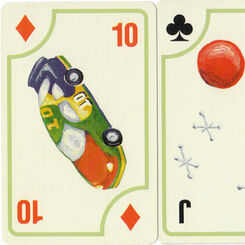
Holiday Games
IE Design Holiday Games, c.1990s.
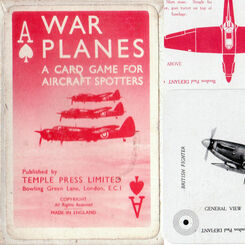
Temple Press War Planes
“War Planes” aircraft recognition playing cards published by Temple Press Limited, c.1940.
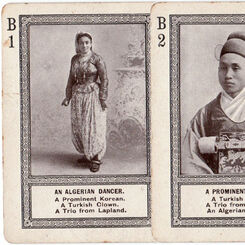
Strange People
“Strange People” card game produced by the Fireside Game Co., Cincinnati, 1895.
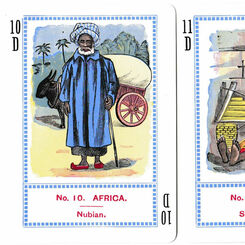
Nationalities
“Nationalities”, the people of many nations, published by the Fireside Game Co., Cincinnati, Ohio, c...

N.A.S.A. Aircraft
Lessons of a Widowmaker and Other NASA Aircraft, c.2010.
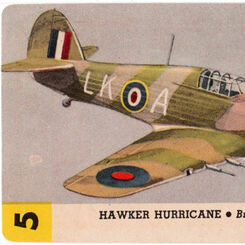
Zoom
“Zoom” Airplane card game published by Whitman Publishing Co., Racine, USA, ©1941.
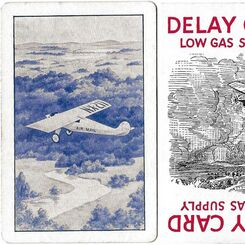
Wings
‘Wings’, the air mail game © 1928 by Parker Brothers Inc.
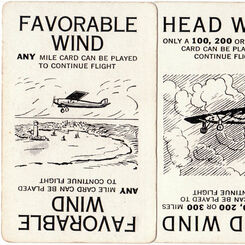
Lindy
‘Lindy’ - the flying game - a sequel to ‘Touring’ by Parker Brothers, 1927.
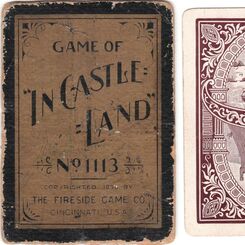
In Castle Land
The Game of ‘In Castle Land’ (No.1113) published by The Fireside Game Co., Cincinnati, 1896.
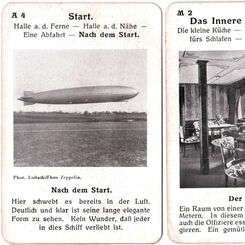
Graf Zeppelin
A card game commemorating the first round the world flight by the Graf Zeppelin, published by J.W. S...
Most Popular
Our top articles from the past 60 days


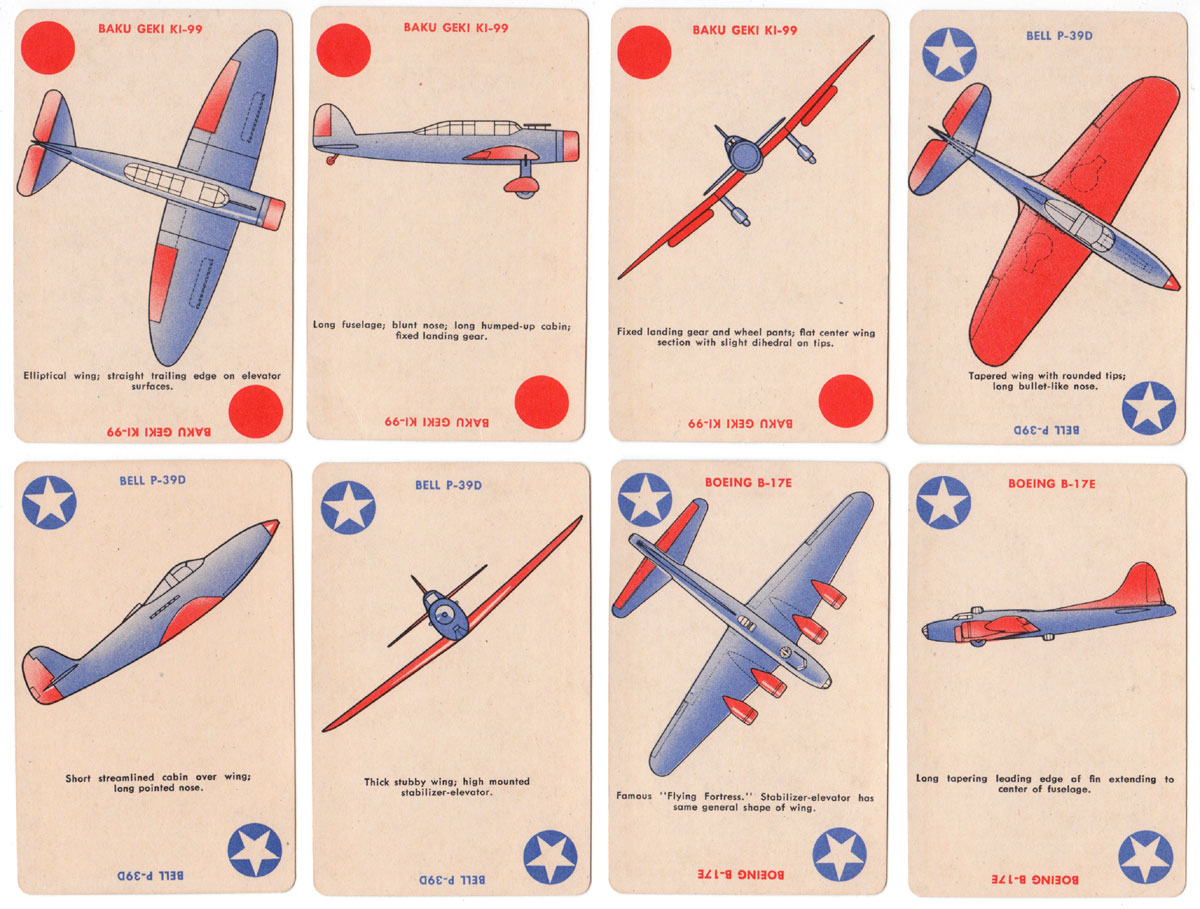
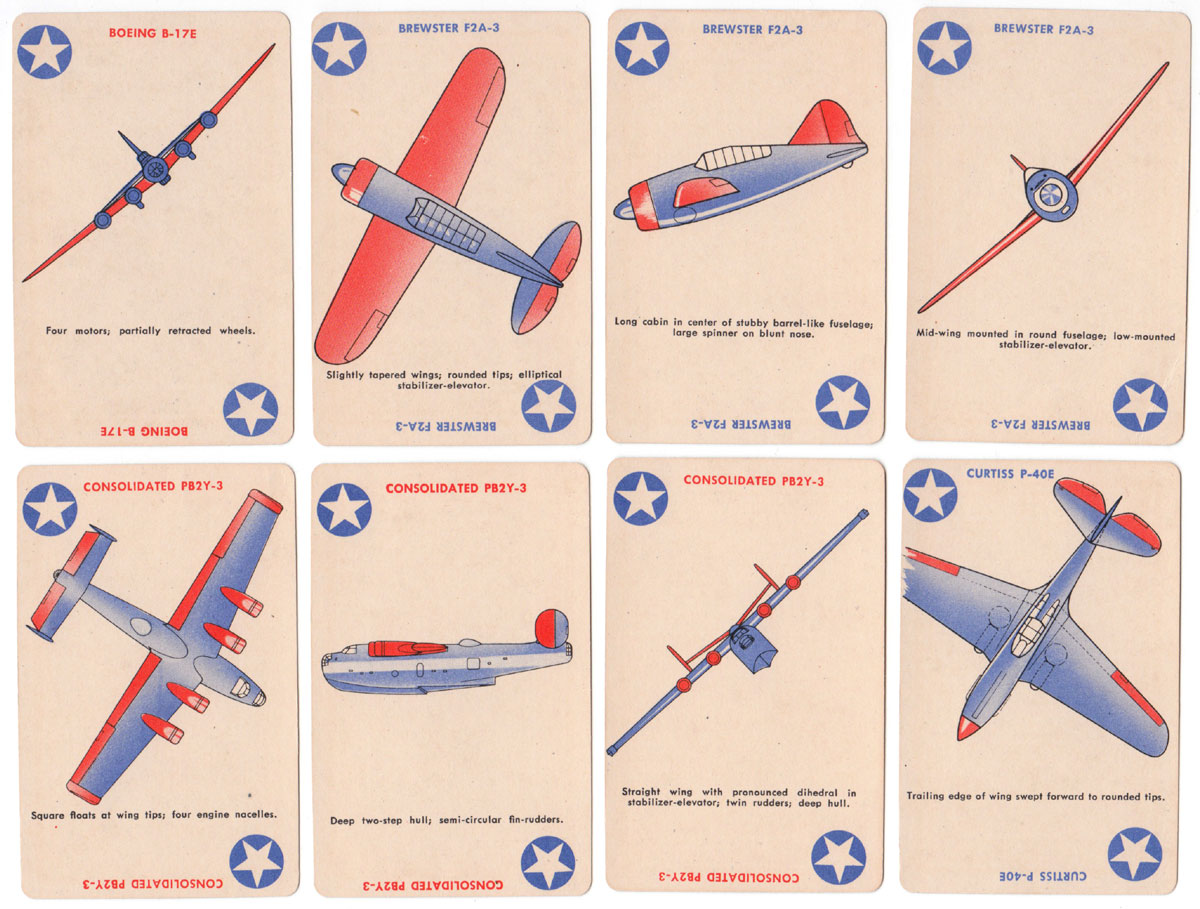

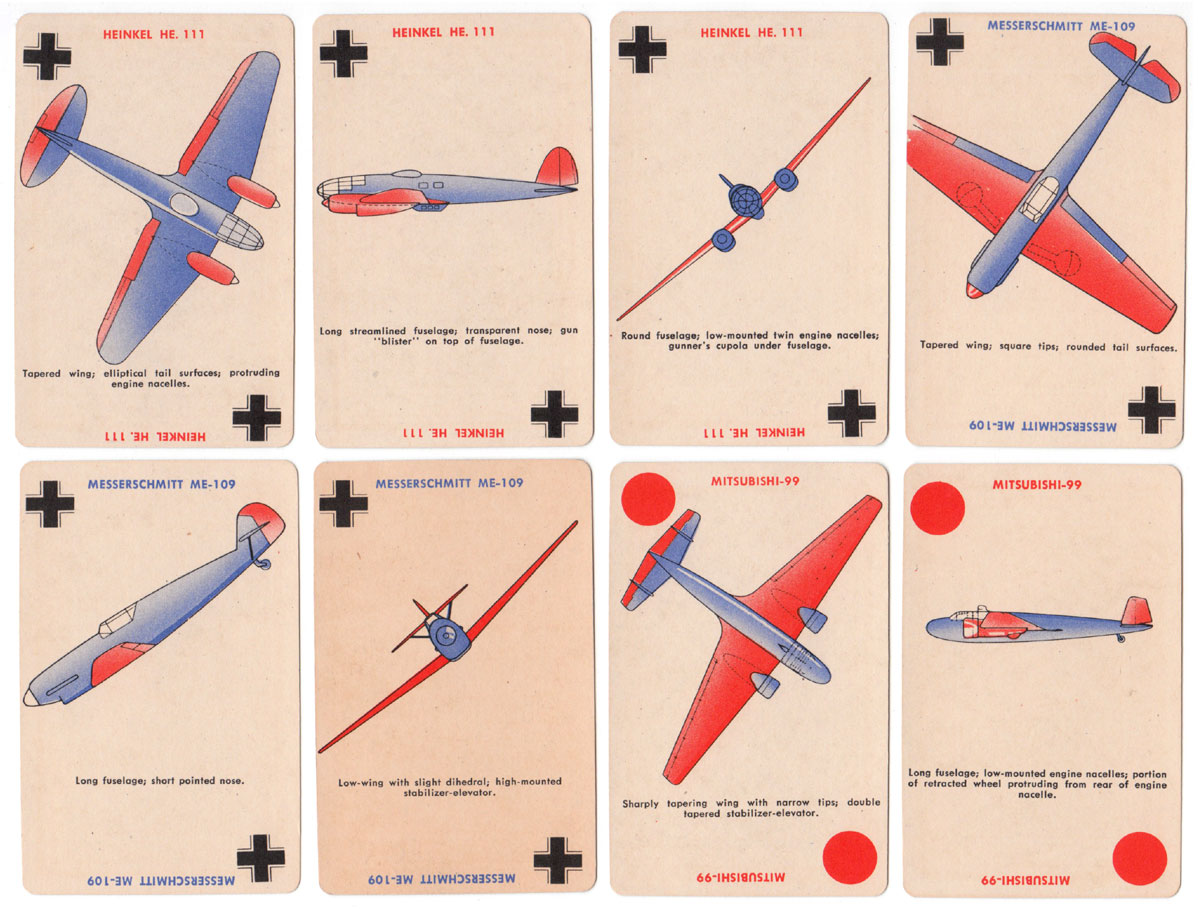
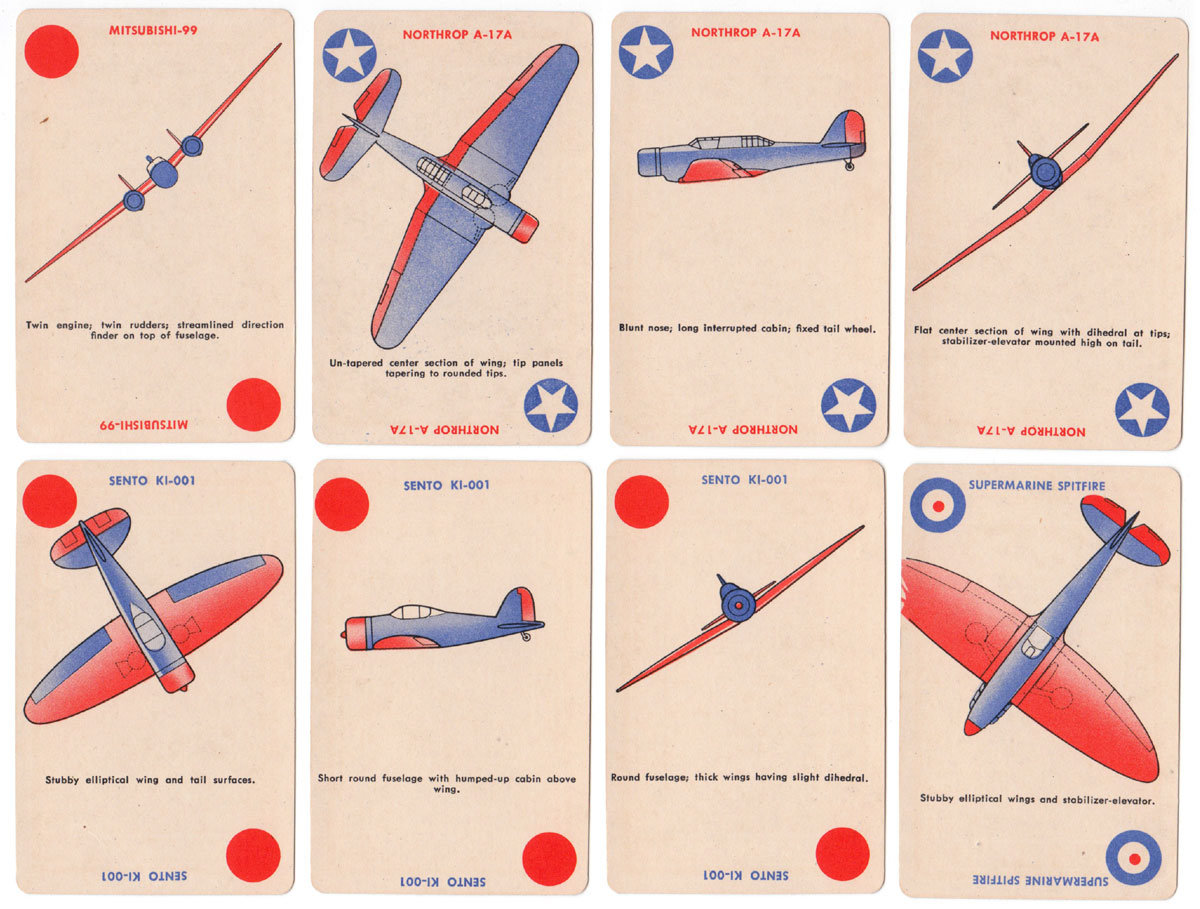
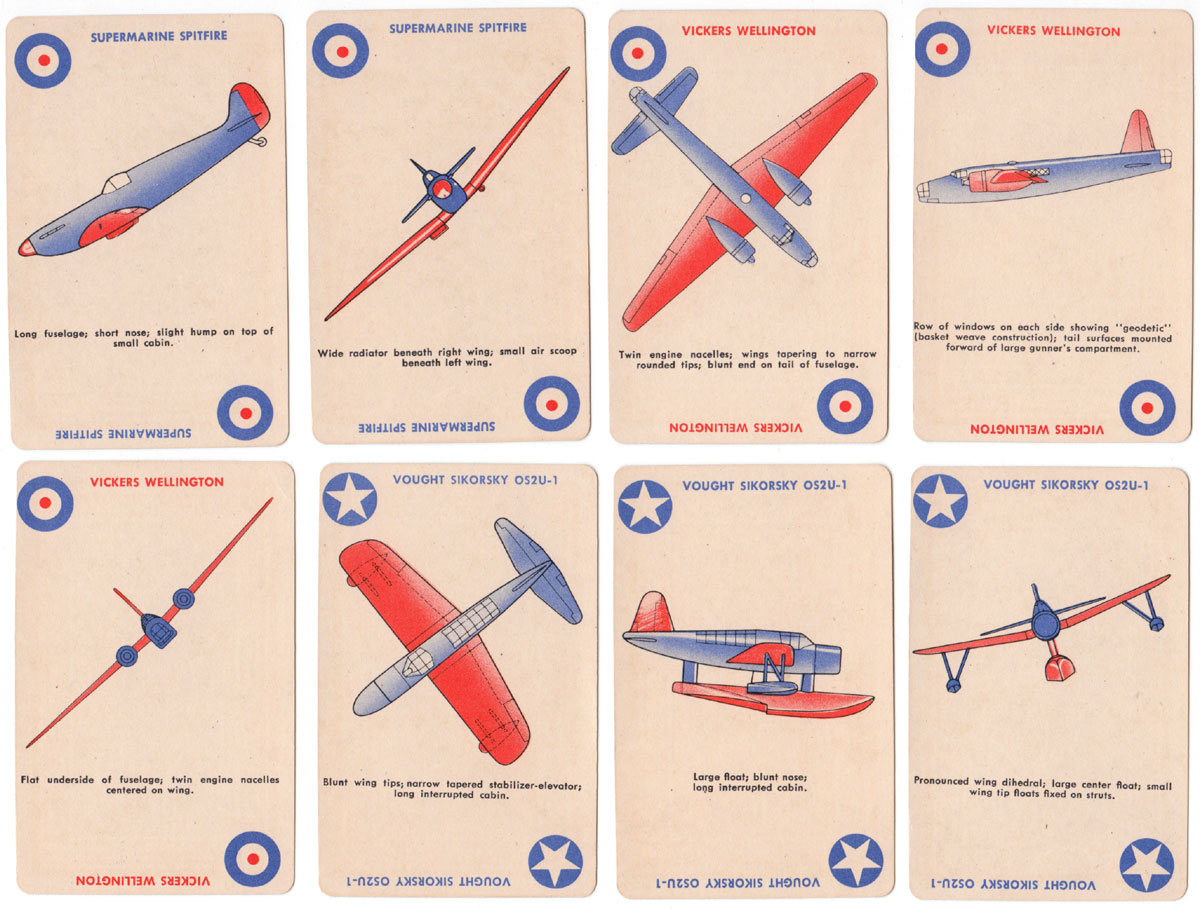
 Your comment here. Your comment here. Your comment here. Your comment here. Your comment here. Your comment here. Your comment here. Your comment here. Your comment here. Your comment here. Your comment here. Your comment here. Your comment here. Your comment here. Your comment here. Your comment here. Your comment here. Your comment here. Your comment here. Your comment here. Your comment here. Your comment here. Your comment here. Your comment here. Your comment here. Your comment here. Your comment here. Your comment here. Your comment here. Your comment here. Your comment here. Your comment here.
Your comment here. Your comment here. Your comment here. Your comment here. Your comment here. Your comment here. Your comment here. Your comment here. Your comment here. Your comment here. Your comment here. Your comment here. Your comment here. Your comment here. Your comment here. Your comment here. Your comment here. Your comment here. Your comment here. Your comment here. Your comment here. Your comment here. Your comment here. Your comment here. Your comment here. Your comment here. Your comment here. Your comment here. Your comment here. Your comment here. Your comment here. Your comment here.




















